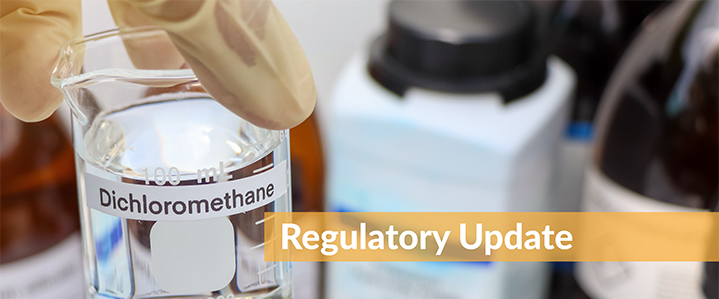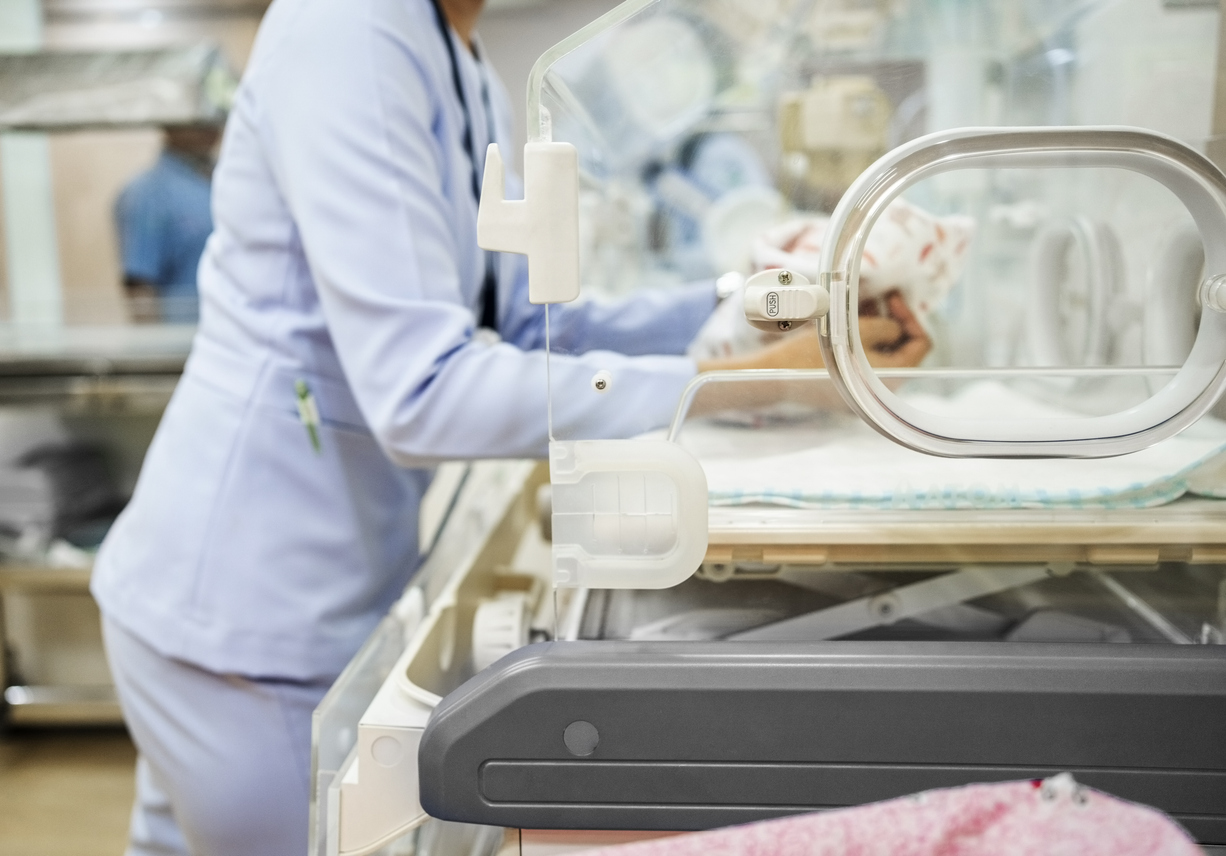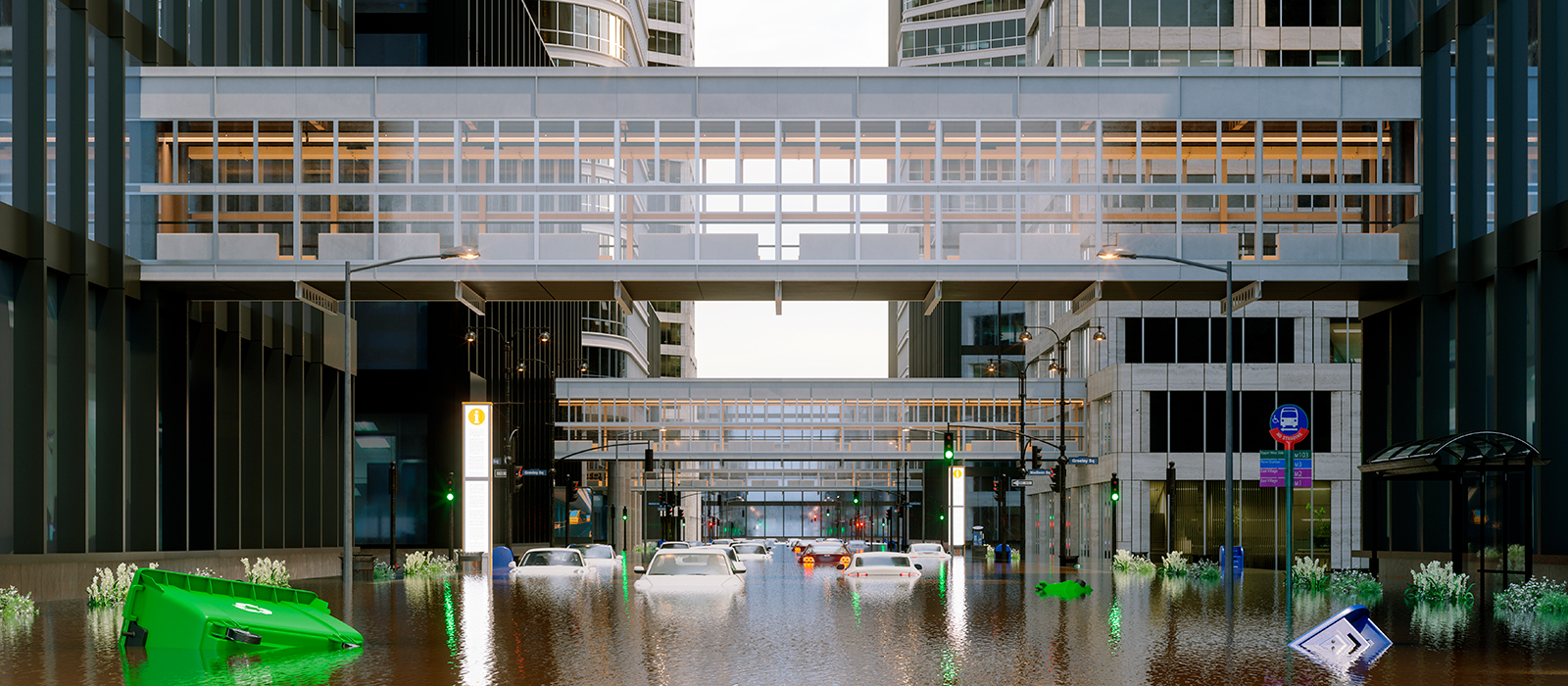PCBs on Campus: What Colleges and Universities Need to Know About This Emerging Environmental Concern

As an institution of higher education, you’re focused on protecting the health and safety of your students, faculty and staff — all while maintaining the quality of your campus environment. But now, on campuses across the US, there is growing anxiety about potential health concerns from an old contaminant found in building materials: polychlorinated biphenyls, also known as PCBs. Despite being banned by the EPA in 1979, there is strong concern that people are still potentially being exposed to these toxic chemicals from various sources, such as caulk, some oil-based paints, and some floor finish in buildings constructed between 1950 and 1979.
PCBs exist in buildings with older construction materials. Facilities built between 1950 and 1979 are most likely to have used building products — like window caulking — that contained PCBs. According to the U.S. Census Bureau, more than $335 billion worth of private and public education buildings were constructed during this time. For colleges and universities, this often includes residential dorms and high-traffic classroom buildings. Over time, PCBs can degrade from the sides of buildings, affecting the soil and storm water systems on campus. Even more troubling: PCBs can also volatize, becoming airborne. With repeated exposure, PCBs can cause skin disorders, neurological issues, liver damage and potentially even cancer.
Unfortunately, widespread awareness of this serious environmental concern is only recently emerging. Many institutions aren’t even aware which of their campus buildings are at risk for containing PCBs. In fact, unless your college or university is already undergoing a renovation project, it isn’t likely you would even sample for the presence of PCBs. While there are federal regulations governing unauthorized levels of PCBs, the current guidelines under the Toxic Substances Control Act (TSCA) do not require PCB testing, and instead only require removal if PCBs are later discovered.
With a potentially pervasive and expensive issue at hand, many institutions are struggling to find the best course of action to keep their campuses safe from this hazardous material, and address PCBs sensibly. Further complicating this already complicated issue is the specialized expertise necessary to determine the best approach for PCB remediation. Since PCBs are a relatively new hazard, many companies are ill-equipped to handle the risks and removal, especially to a degree that is satisfactory to the US Environmental Protection Agency (EPA).
In fact, that’s exactly what happened at a leading US academic and research institution.
Successful PCB Remediation in Action
Initially, the dormitory remodel project at a major university began without Environmental Health & Engineering (EH&E). However, when another company discovered PCBs during a standard hazardous materials assessment, they were unable to successfully advise the university on proper removal or obtain EPA approval for their work. EH&E was then brought in to take over the remediation process.
Since the building in question was a dormitory where students lived, worked and slept, it was essential to fully evaluate the space and determine which parts needed to be kept and which needed to be demolished in order to create a safe environment. The project eventually expanded to include a second adjacent dorm that also contained PCB-contaminated building materials. EH&E was able to safely and completely remediate the PCBs from both buildings, leaving both dorms fully occupied.
If your institution plans to undertake a building project where PCB materials could be an issue, it’s important to seek out the correct expertise and develop a comprehensive strategy for addressing these materials. Taking a proactive approach can save your facility from unnecessary expenses and additional liability. Read on to learn about the step-by-step process EH&E recommends for managing PCBs on campuses.
How Colleges and Universities Can Get Proactive About PCBs
- Plan Ahead. Going into a construction project with an awareness of the possibility of PCBs can save you time and ensure you’re hiring the right team for the job from the very beginning. During the design phase of any new construction project, plan to perform a pre-construction risk assessment. This will evaluate the age and history of the structure to be remodeled and determine which materials need to be tested for hazardous materials, like PCBs. Keep in mind that it’s possible you’ll learn there are no PCBs present in your building, which eliminates the need for more expensive and extensive testing.
- Get Expert Help. Both the materials testing protocol and the remediation project design should be handled by an expert — specifically someone who understands the challenges and complications associated with PCB remediation. In some cases, the PCBs might not need to be removed in order to reach safety standards. An expert can help you assess if encapsulation is a possibility for managing the PCBs in place, which can save you both time and money. Plus, working with an expert can help you avoid costly retesting or additional sampling, while also ensuring you are compliant with regulatory requirements from the start. Since contamination can often spread from the PCB-containing caulking to other building components, it’s essential to have a full understanding of how to safely and cost-effectively remediate all affected materials.
- Communicate. If the construction project in question is on an occupied or partially in-use building — like a dormitory — your institution will need to develop a proactive communication plan for site users.
However, regardless of how well you plan or how proactive you can be, the presence of PCBs is a potentially extensive and overwhelming problem. The specific project needs at your college or university are unlikely to be comparable to the project needs at another college or university. That’s why a completely customized process based on the specific needs your facility faces is essential to determine the least expensive and most effective course of action.
For many colleges and universities, the biggest challenge is finding the right time to complete PCB remediation. Given the sensitive nature, the easiest and most cost effective approach is during an already planned renovation project. While remediating PCBs might not have been in your original plans, it’s well worth the process to ensure your campus community is safe.
If you’re concerned about the presence of PCBs on your campus, contact us today to learn how we can help.
Subscribe
to our blog
"*" indicates required fields




